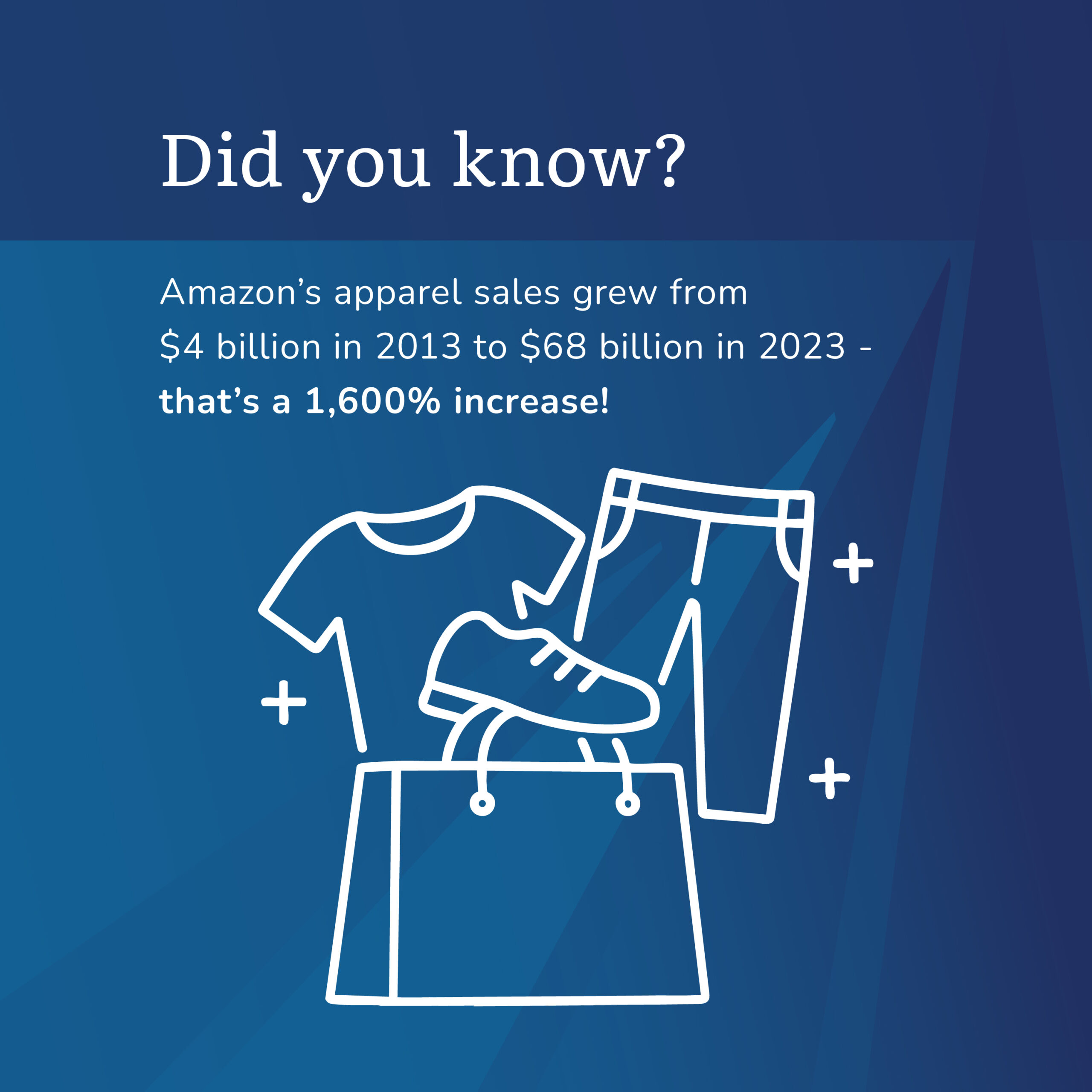Biggest Mistake: A Great Stock and a Great Investment May Not Be the Same

The following is an excerpt from Hello Harold, a book by Harold Evensky – click here for a free hard copy!
“That’s a great stock; I think I’ll take a big position in my portfolio.” That’s how all too many investors make their investment decisions. Mistake, big mistake.
Randi: Hello, Harold.
Harold Evensky: Hi, Randi. What’s new in the accounting world?
R: Don’t ask. It seems like every time Congress passes a law simplifying the tax code, they add a thousand more pages to it.
HE: So what are you calling about? Do you want me to flex my lobbying muscles?
R: Actually, it has to do with the newsletter I edit for our professional accounting group. It’s our investment issue, and I can’t think of anyone more qualified to help me with it.
HE: I’m flattered. How can I help?
R: The issue coming up is a very important one. I was wondering if you could give me a great topic for the lead article.
HE: Now I’m even more flattered. How about a story on the biggest investment mistake most investors make?
R: What a great idea! You’re so smart!
HE: Well, shucks, I was hoping somebody would notice.
R: With all your investment wisdom, what mistake do you think the article should discuss?
HE: Well, where should I start? Investors had been making the biggest mistake for a long time, but it wasn’t until August 1991 that advisors started to give it serious consideration.
R: What happened in 1991—other than a new tax law?
HE: That month, a prestigious investment journal published an article that would eventually turn the investment profession upside down.
R: I knew you were the right person to call.
HE: It carried the fancy title “Determination of Portfolio Performance.” The authors—three big-time money managers named Gary Brinson, Paul Hood, and Gil Beebower—thought it might be a good idea to study the importance of various decisions made every day in managing huge, billion-dollar pension portfolios.
R: Are you telling me that nobody before that had been thinking about whether they were making good or bad decisions?
HE: They were the first to look at the types of decisions in a systematic way. They started by deciding what decisions were actually being made.
R: Like which stocks to buy?
HE: They divided the types of decisions made into categories, and that was one of them. They decided there were only three kinds of decisions that anyone could make that would affect a portfolio’s performance.
R: And one of them is which stocks to buy?
HE: Yes. They called it security selection, which means picking the best stocks and bonds or the best managers.
R: What were the other two decisions?
HE: I’m sure you’ve heard of the second one. They called it market timing. Basically, that means deciding when to be in or out of the market. If the market is going to go down, you want to be on the sidelines. If it’s going up, you want to be totally invested in it.
R: Doesn’t that require predicting the future?
HE: Believe it or not, some professionals, and many retail investors, think they can predict where the stock market will go up or down. So this was the second of their basic decision categories.
R: And the last one?
HE: That one was the real insight. Even before picking the best stocks and bonds, you have to decide how much to put in stocks and how much to put in bonds. This is sometimes referred to as the asset allocation decision. In the article, it was called the investment policy.
R: And those are the only kinds of decisions you make when you invest?
HE: If you can come up with a significant fourth decision, you may be in line for a Nobel Prize.
R: All right. So how do you decide—how did you put it—the importance of each of these decisions?
HE: The researchers decided to look at the decisions and at the performance data of many sophisticated managers over time. And did they ever! The final study used ten years’ worth of data from ninety-one big-time pension plans ranging in size from $700 million to $3 billion in assets. This represented a significant percentage of professionally managed pension money in the United States, managed by some of the nation’s top money managers.
R: Wait. Let me write that down. Okay, so did they find anything noteworthy?
HE: When they looked at their results the authors observed that the results are striking. Startling might have been an even more accurate adjective.
R: What was so startling?
HE: First, they found that two of the types of decisions were actually, in aggregate over the total sample, subtracting returns.
R: Wait a minute. Say that again.
HE: That’s what was so startling. They were looking at the performance generated by the brains and talent of many of the best and brightest of the nation’s portfolio managers to: first, pick the very best stocks and bonds for the portfolios they were managing, and second, to time their trading to try to be in when the markets were going up and out when the markets were going down. And guess what?
R: What?
HE: Looking at all those decisions and the effects of all those decisions, it turns out that on average they contributed to negative performance. With all that brainpower and knowledge and experience, the returns were reduced.
R: But that doesn’t make any sense. What about that third category of decisions? The investment policy thing?
HE: Their most important conclusion was that more than 93 percent of the variation in portfolio returns was attributable to policy—meaning, to the mix of assets that they selected.
R: So if I get the mix of stocks and bonds and foreign stocks and all the other assets right, that’s way more important than trying to pick which stocks are going to outperform other ones?
HE: You’re catching on much faster than people in my profession did. It took years for the people in investment management to buy into this conclusion and realize what it meant. So I think you’ve gotten the core of what you need for the article. I’ll send you a copy of the Brinson-Hood-Beebower study and their follow-up study, which came to almost exactly the same conclusions.
R: Can you talk with me about this just a little longer? I feel as if I’m basking in the sunshine of your wisdom.
HE: Really? Well, you know, I guess I’m not quite as busy as I thought. But what else is there to say?
R: I just need to know how this relates to that biggest mistake thing you were talking about.
HE: Let me give you a hint. Do you know what your investment policy is?
R: Mine? Now that you mention it, no. I don’t think I have one.
HE: No investor can avoid having an investment policy. You have one now, but you have it by default.
R: That doesn’t sound good. So how do I find out what mine is?
HE: It’s not hard to figure out at all. In fact, let’s keep it as simple as possible. Take out a pad and make two columns. Write down how much you have in your money market funds, your bond funds, both in personal accounts, your IRA, and 401(k), and how much money you have in stock funds, again, in your personal account, IRA, and 401(k). For now, just make estimates, okay?
R: All right, I’m just writing down some numbers here. Let’s say I have $12,000 in a money market fund, $28,000 in a bond fund in a taxable account, and $15,000 in bond funds in my 401(k). Then there’s $30,000 in stock funds in a taxable account and $15,000 in stock funds in my IRA.
HE: Fine. Now we can translate that into percentages pretty easily, just by calculating the percent of the total. You have a total of 55 percent of your money in cash and bonds and 45 percent in stocks and growth investments. Therefore, the policy is 55 percent cash/bonds and 45 percent stock.
R: And that’s my big mistake?
HE: The biggest mistake is having an investment policy designed by accident. Think about it. Do you really want 90+ percent of your financial future determined by chance?
R: No. But does that breakdown really determine more than 90 percent of my future returns?
HE: Not necessarily; 90 percent might be overstating it, but most professional advisors would agree that not carefully deciding how to allocate your investments among cash, bonds, and stocks is a big mistake. If you can’t explain why your portfolio investment allocation looks like the one you have, it’s time for you to do some serious thinking about your investments and redesign your policy.
R: How do I know when I have an appropriate policy?
HE: You’ll know you’re done and you can explain just why your portfolio is divvied up as it is.
R: Perfect. I’m done.
HE: Done with what?
R: The article you just dictated to me. I have it pretty much written, and I didn’t even have to do any research. I’ll meet my deadline and I won’t even have to stay up late.
HE: Just—you know—for the sake of argument, when was your deadline?
R: Tomorrow morning. Why do you think I called a smart guy like you?
HE: I’ve been had, haven’t I?
R: Goodbye, Harold. I have a lot of work to do, so I don’t have a lot of time to chat. I’ll call you when I start working on our next issue.
Categories
Recent Insights
-

Smart Money Moves for Teens: The Best Financial Literacy Apps
Why Financial Literacy for Teens Matters Let’s face it—teaching teens about money can be tricky. But thanks to an ever-growing list of financial literacy apps, it’s never been easier (or more engaging) to help kids build healthy money habits. I recently spoke with two clients who’ve been using the Greenlight app to help their children…
-

Rebuilding Financial Confidence After Divorce: Managing Risk & Moving Forward
Divorce is not just an emotional transition—it’s a financial one, too. The process of separating assets, redefining financial goals, and adjusting to a new financial reality can feel overwhelming. But with the right mindset and strategies, you can regain control and build a future that aligns with your new chapter in life. Understanding Financial Risk…
-

Giving with Pride: Smart Strategies for LGBTQIA+ Donors
Understanding the Landscape of LGBTQIA+ Philanthropy LGBTQIA+ donors are uniquely positioned to drive meaningful change, but the philanthropic landscape remains complex and underfunded. Historically, LGBTQIA+ organizations have faced significant challenges in securing resources, often competing with larger, more established nonprofits for limited funding. This disparity highlights the importance of strategic giving to ensure that your…
-

How to Build Lasting Relationships that Propel Your Business and Elevate Your Community
As business leaders, our role in the community extends beyond charitable acts—it’s a strategic initiative that strengthens both our businesses and the communities we serve. Building meaningful community partnerships is not just about doing good; it’s about doing it strategically to foster deeper relationships, enhance your brand, and make a lasting difference. But where do…
-

Talk Your Chart | From Tax Trends to Firing a God Portfolio: Economic Insights | Episode 68
In Episode 68 of Talk Your Chart, Marcos and Brett dive into a jam-packed discussion of economic trends, market psychology, and long-term investing. From tax receipts and Social Security’s ticking clock to why even a ‘God’ portfolio gets fired—this one covers it all and more. Charts available for download here.
